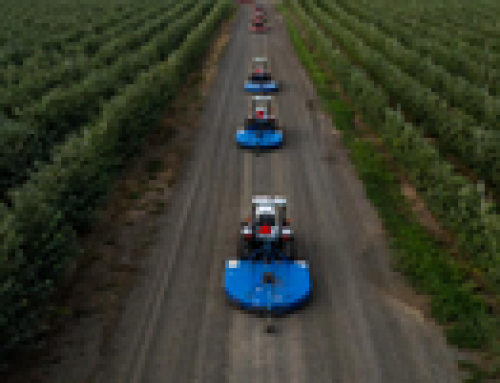By Daniel Jacobs, AgriBusiness Global
Glufosinate, one of the most widely used herbicides on the planet, is under assault from several directions.
Oversupply, regulation bans, global geopolitical conflicts, and resistance concerns all play in the pesticide’s current struggles.
“It would appear that both glufosinate and glyphosate are currently in an oversupply situation,” said Jim DeLisi, Founder of Fanwood Chemical. “Imports of both products fell sharply in the last couple of months. In the case of glufosinate, imports from the secondary suppliers have almost disappeared, while the primary suppliers, BASF & UPL have continued to import, though at reduced rates.”
Melinda McCann, Head of Business Excellence and Strategic Alliances, ADAMA US, echoed concern about oversupply and suggested that could lead to another problem that might arise if the industry doesn’t proactively manage the situation. “The market needs to evaluate each active ingredient and determine if we will be in an oversupply situation or if the supply will not arrive in time due to manufacturing plants making to order,” she said.
It appears that the oversupply situation will continue for some time.
“The molecule is still expanding but not as fast,” said Bob Trogele, Chief Operating Officer and Executive Vice President, AMVAC. “The main competitor glyphosate is still cost effective and the regulatory headwinds it faces have slowed. I still see the glufosinate technology growing. We at AMVAC are focused on broadening the weed spectrum by combining the molecule with other herbicides via our newest Prolease technology.”
Some of the factors that led to glufosinates growth no longer exist or have been outpaced by new considerations.
“Until 2019, the growth of the glufosinate market was mainly due to the huge gap left after the withdrawal of paraquat from the market,” said David Li, Marketing Director, SPM Biosciences (Beijing) Co., Ltd., and author of the monthly China Price Index column.
“The rapid growth of the glufosinate market had led to significant price volatility. The Chinese market started capacity expansion from 2015. In 2022, the total designed capacity of glufosinate in China exceeds 150,000 Mt. The current effective production capacity of glufosinate has also exceeded 100,000 tons. It can be said that the potential of glufosinate is overestimated in the Chinese supply market. If glufosinate is not renewed, it will be a disastrous chain reaction for Chinese companies. Continued investment and process improvements over the past nearly a decade would have turned into silent costs.”
Due to oversupply the price has dropped, says Abhijit Bose, Chief Marketing Officer, Tagros Chemicals India Pvt Ltd. “Glufosinate Tech 95% Tech prices had dropped below $10 in July 2023,” he said. “North America alone had imported 66% less glufosinate YOY 2023.Supply has been more than the demand, which had slowed down drastically in 2023.”
To read the entire report click here.


